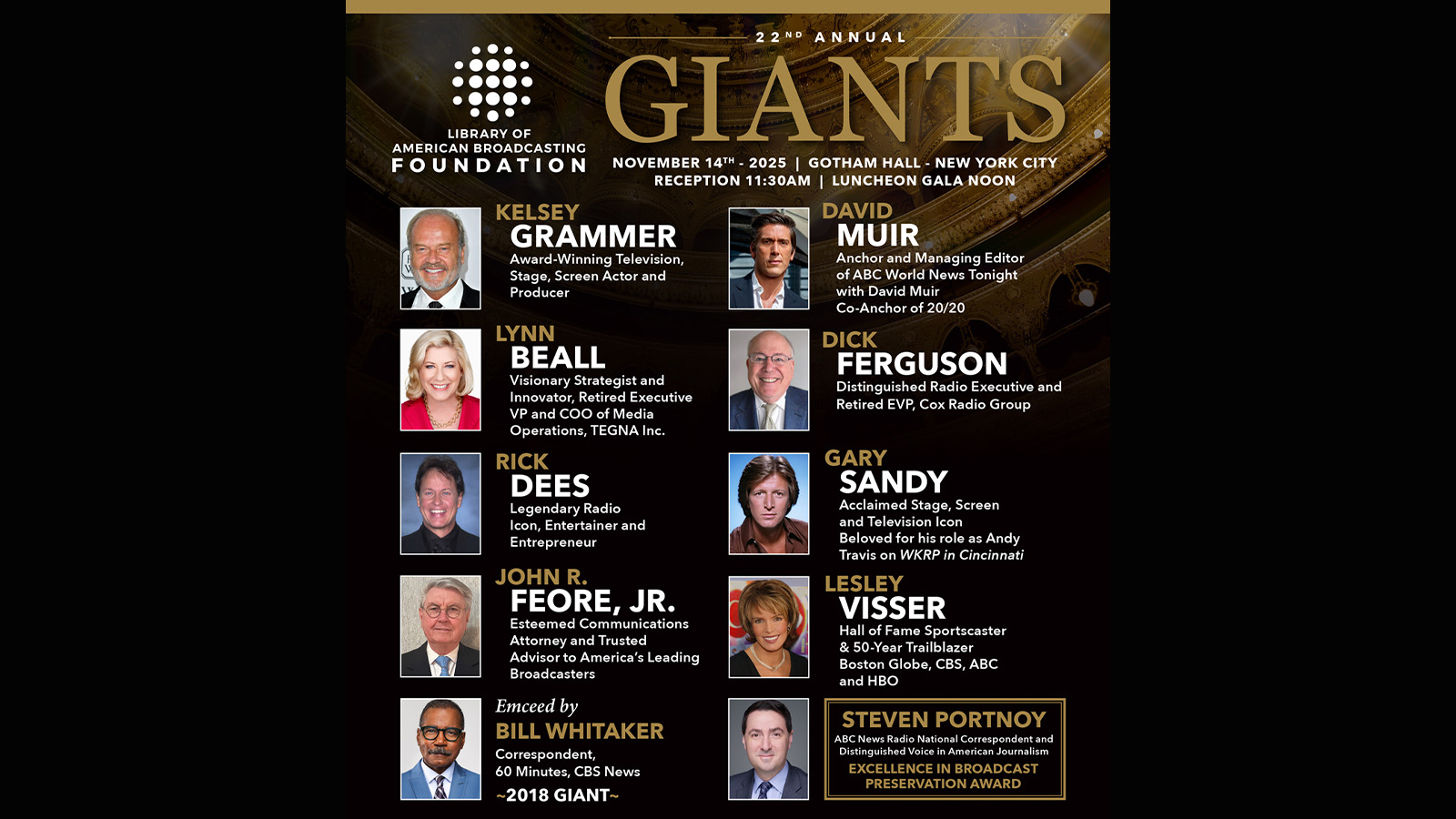SMPTE 2014 HPA: Possibilities of High Dynamic Range Production Explored
HOLLYWOOD - Although Howard Lukk, formerly a technology executive at companies including Disney and Pixar, has moved into directing (Toy Story 3), he certainly hasn’t left technical innovation behind. At the SMPTE 2014 HPA Symposium held Monday, he presented a clip from his new short film “Emma,” among the very first such projects produced for viewing via high dynamic range display. High (or “extended”) dynamic range—names and standards haven’t been finalized—refers to image display technology offering greater contrast and wider color gamut than is available using existing products. Lukk was eager to experiment with the possibilities of HDR display, wanting the film to feel “like a Hitchcock matinee.”
Produced by Andrea Dimity (who similarly produced Lukk’s previous short, “Make Believe”), “Emma” was shot by Daryn Okada, ASC, using ARRI Alexa cameras, shooting ARRIRAW in the ACES color space. It is important to delineate the concept of dynamic range at the camera sensor level and in the display—Okada lit and exposed scenes as he would for a traditional HD or digital cinema finish, keeping an eye towards the type of lighting that would make the most of an HDR finish.
On a technical level, the difference in HDR happens at the mastering stage. An HDR version can display contrast ranges (for example, a bright red brake light against a dark car at dusk) which would have to be tone-mapped to “fit” into the range of a traditional display. The result might end up with the red light clipped or the car’s dark finish dropping off into black unless a colorist isolates one or both portions of the frame and manipulates them in order to “fit” into the dynamic range of the display. An HDR display, however—depending on brightness levels—can allow detail from such a high-contrast situation to look more like it does in real life.
Florian “Utsi” Martin of ARRI Film & TV, Munich also addressed the audience via Skype to discuss his work as colorist on “Emma.” Martin, who worked in Blackmagic Design Resolve 11, did a separate pass of the film specifically to make the most of HDR display. This often meant that he could let extremely contrasty scenes go unaltered and take advantage of the increased display dynamic range, rather than having to isolate portions to make them fit into the range of a standard dynamic range display. Martin noted that he also wound up using keys and windows in the HDR version to bring down the light level of certain areas of the frame in scenes that worked perfectly in standard dynamic range.
“There is so much information,” he says of viewing the movie in HDR, “that you sometimes need to bring down a wall or a background so it doesn’t become distracting.”
This is all new territory for everyone involved and Lukk readily admitted that it could be quite some time before “Emma” or anything else will be available to a wider audience to be viewed in HDR format. (He hasn’t even seen the HDR version at the brightness level it was mastered for. There are only a few prototype monitors in the world with the necessary capability). The director concluded his talk by referring to the search for a practical HDR display and a set of universal specs for HDR as “chasing the golden unicorn.”
But then… if those issues were all resolved, Lukk and his creative team wouldn’t be pioneers and “Emma” wouldn’t be the subject of a SMPTE symposium session.
Get the TV Tech Newsletter
The professional video industry's #1 source for news, trends and product and tech information. Sign up below.
